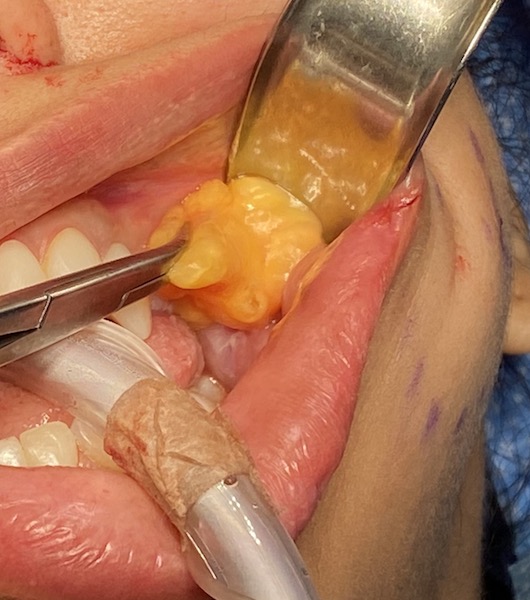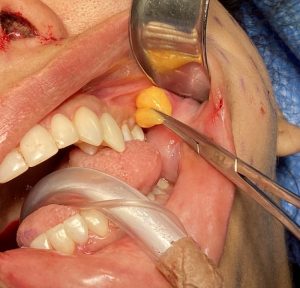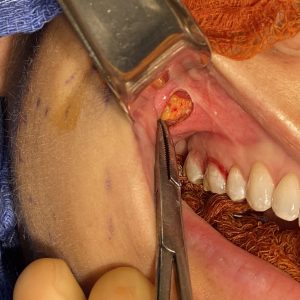Background: The buccal lipectomy is the most well known soft tissue cheek reduction procedure. While once deemed as an unapprorpiate facial reshaping procedure years ago it is now very popular amongst patients and surgeons alike. Its common performance is due to the effect of the en bloc removal of a discrete facial fat collection as well as the relatively direct intraoral access to do so.
Despite the straightforward nature of the buccal lipectomy procedure it can have medical complications, most notably that of an infection or a hematoma. (uncommon but possible) Aesthetic complications are more likely from asymmetries to over correction (too much fat removal) to a cheek reduction effect that doesn’t reach low enough. (misdiagnosis or failure to add perioral liposuction with the buccal lipectomy)
One uncommon ‘complication’ is failure to see an effect from the surgery. Given the average size of the buccal fat pad this can be hard to explain.
Case Study: This female had a prior history of a buccal lipectomy to treat her chubby cheeks several years previously. But she never saw much if any external cheek reduction effect. She was having new facial procedures and asked if re-exploration of the buccal lipectomy site could be done to see if all of the buccal fat pad had been removed.
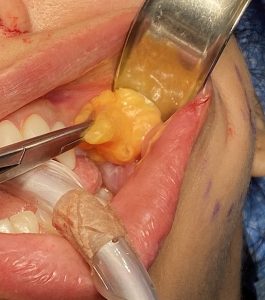

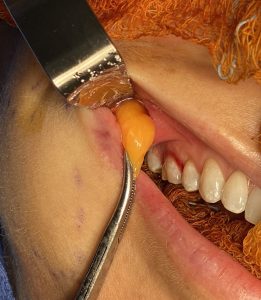
Case Highlights:
1) In cases where a buccal lipectomy was performed and little to no external change is seen, the question is whether the buccal fat pad was actually removed.
2) It is possible that the more superficial fatty tissue that lies above the deeper buccal pad was removed.
3) Deeper re-exploration may reveal an intact buccal fat pad that was never removed.
Dr. Barry Eppley
Indianapolis, Indiana

